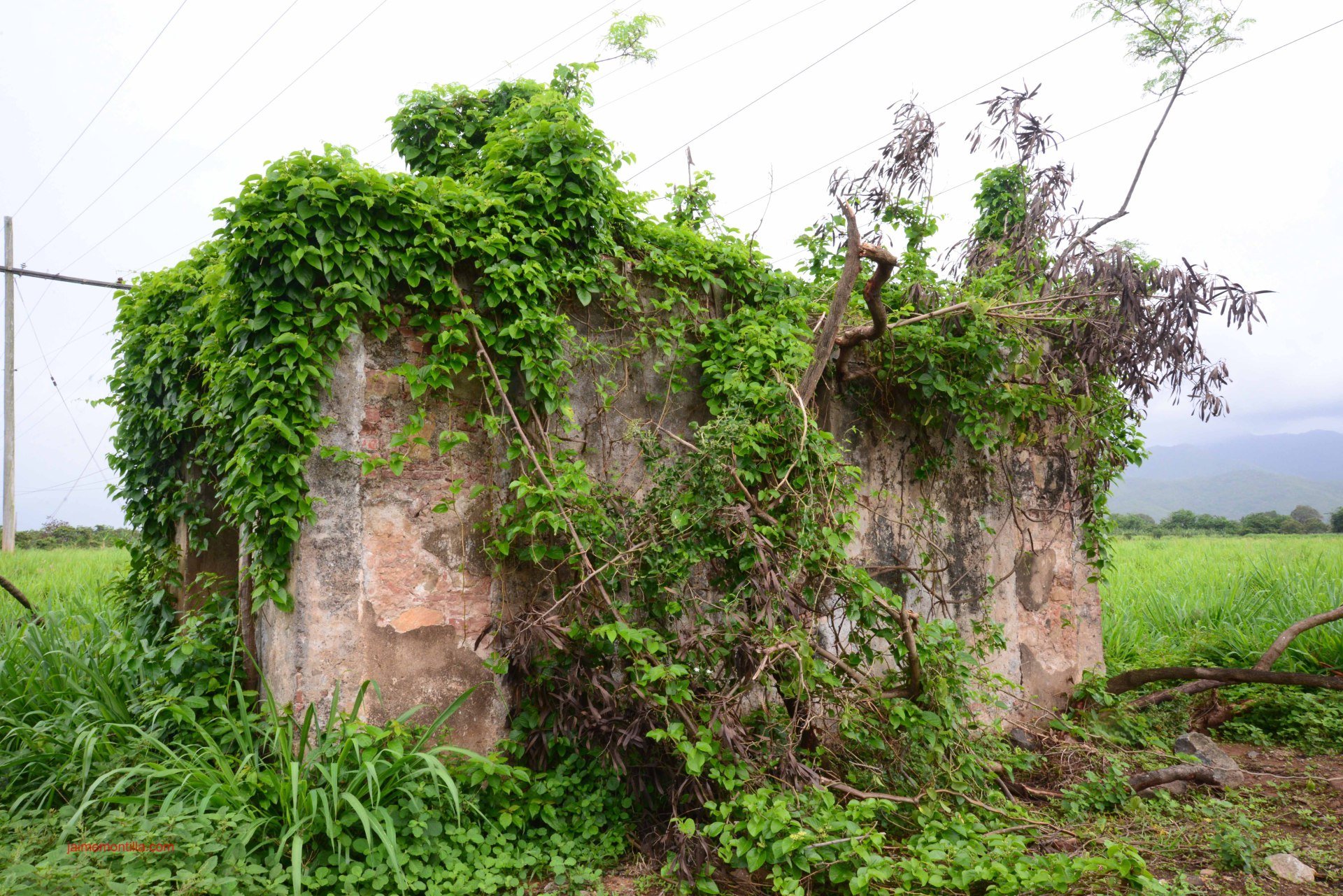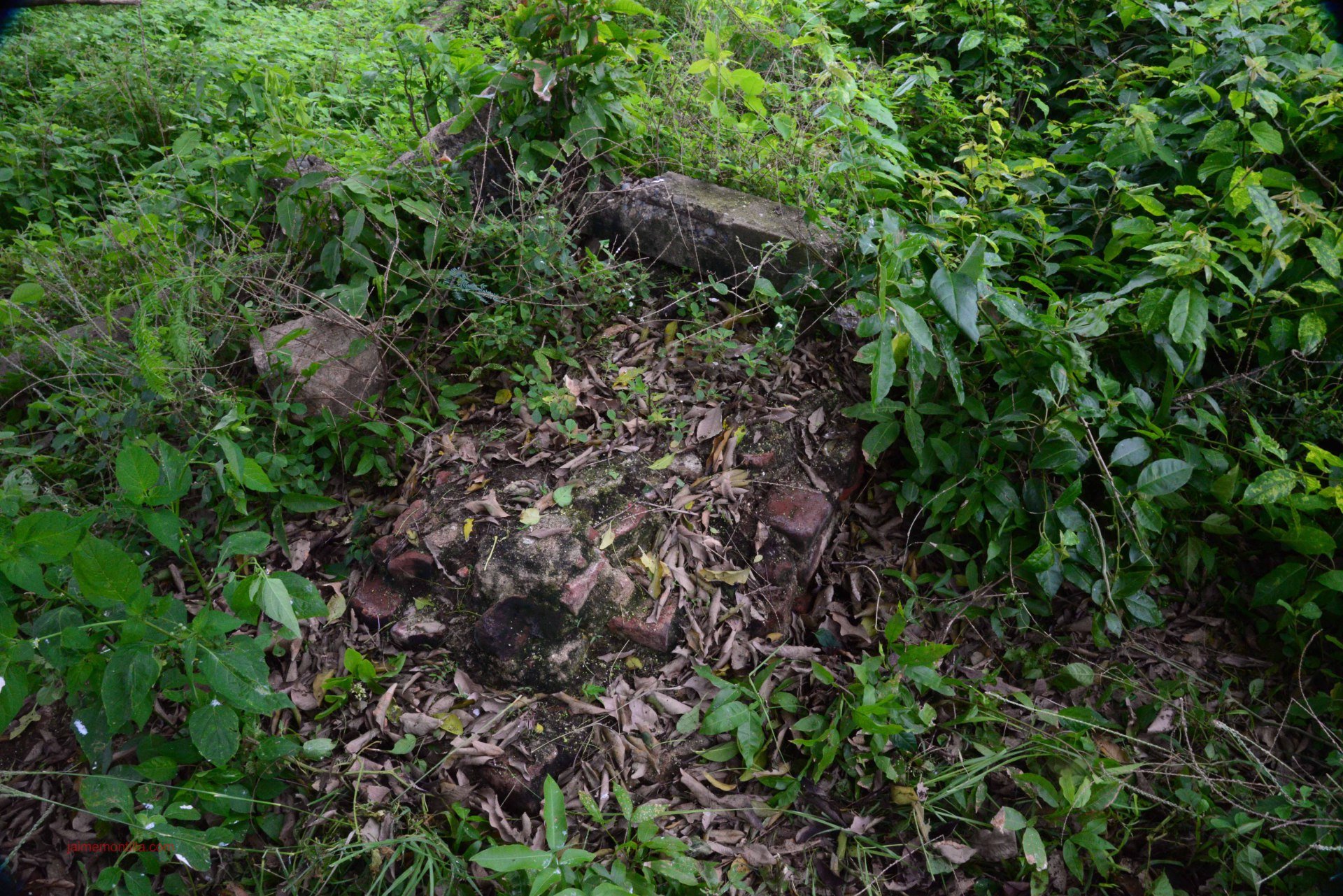
Hacienda Enriqueta/Henrietta
Charles Theodore Overman in his book A Family Plantation - The History of the Puerto Rican Hacienda "La Enriqueta" states that Christian Frederick “C. F.” Overman (1795-1836) was the third member of the Overman family to emigrate to the West Indies from Hamburg, Germany. In 1817 while in Hamburg, together with his employer the import-export firm H. C. Merck & Co., he chartered the vessel Kränick for a voyage from Hamburg to St. Thomas and back to transport general cargo for joint account. C. F. was accompanied by his brother Gustav Adolph on the journey. The venture was a success and C. F. remained in St. Thomas, then a Danish possession for about a year. Gustav remained in the West Indies where he died after about a year in St. Bartholomew.
Upon his return to Hamburg, C. F. re-entered the employ of H. C. Merck & Co. where he did not stay long before returning to St. Thomas to work in the produce business of his cousin Ferdinand Overman (1794-1874). Ferdinand was the first Overman to emigrate arriving in St. Thomas ca. 1815. In 1819 he moved to Puerto Rico where he settled in Ponce and owned the Aguas Prietas plantation. A short time after his arrival in St. Thomas, Charles Frederick started a dry goods and provision business of his own known named C. F. Overman.
On December 7, 1819 Christian Frederick Overman married Henrietta Adelaide Lind (1800-1849) in St. Thomas. They lived on Frenchman's Bay in a one hundred twenty five acre plantation called Havensight which they bought on February 1821 and sold in July 1836. On April 26, 1827 Christian Frederick bought a three hundred twenty nine acre more or less sugar plantation in Barrio Las Palmas in Guayama from German immigrant from North-Rhine Westphalia Juan Santiago Wall for 60,000 hard dollars of which he paid 45,000 in cash. Wall had acquired the first ninety acres and a sugar factory in 1820 from Marcelino Cintrón and later on added additional parcels of land. Christian Frederick named the plantation Henrietta, Enriqueta in Spanish, in honor of his wife.
C. F. business dealings aside from the Henrietta were extensive and at the time of his death he was financially over-extended and heavily indebted. Christian Frederick died of dysentery at the Henrietta on December 19, 1836. The executors of his will were his widow Henrietta and the partners in his St. Thomas businesses A. J. Schön and C. H. Willink. The executors wanted to sell the hacienda which at the time consisted of some eight hundred cuerdas and had annual production of some two hundred fifty tons of sugar but Henrietta refused to sell.
Since their eldest son Henry was too young for the job at only sixteen or seventeen, in April 1937 Germán Rieckehof was appointed the sole superintendent of C. F.'s estate, but his management of the Henrietta was not successful. During his tenure, the financial condition of the Henrietta worsened and his reporting and handling of affairs was dubious. He was replaced in 1841 by Henrietta's younger brother, also born in St. Thomas Bent Christian Edward Lind (1815-1882). Lind's management of the Henrietta was a success, in 1841 production increased 40% and profits were the highest since Christian Frederick's death.
Lind's effective administration was very beneficial but not enough to pay off the existing debts which included a $100,000 mortgage on the Henrietta to H. C. Merck & Co. Thanks to the financial support of George Blohm, A. J. Schön and C. H. Willink and their capable management of the business interests C. F. was involved in Europe, St. Thomas and Venezuela, Henrietta Adelaide and the children were able to pay off debt amounting to some 250,000 hard dollars and regain a satisfactory financial position in a five year period or so.
When Henrietta's died in St. Thomas on March 10, 1849, all of her six children (Henry, Helena Mathilda, Emily, Eliza and Theodore) were married, none lived in Puerto Rico or had any interest in the Henrietta. Therefore, on April 5, 1852 the Henrietta, then consisting of some eight hundred cuerdas and one hundred sixteen slaves, was sold for 103,500 hard dollars by the estate to Edward Lind who had been its administrator since 1841. On August 2, 1842 Edward Lind married Susan Walker Morse (1819-1885) in New Haven, CT. Susan was the eldest daughter of Samuel F. Morse (1791-1872) and Lucretia Pickering Walker (1799-1825) who died no more than six years after her marriage to Samuel. Susan was also the niece of Charles Walker who supposedly owned Hacienda Concordia ca. 1841-43 but which ownership has not been fully documented and verified.
Edward Lind died in May 1882 more or less insane due to worries over his financial problems and left his entire estate to his wife Susan. By 1885 Susan had lost her mind due to her son's Charles suicide in 1880 and in December 1885, she also committed suicide by throwing herself overboard the steamship Ciudad de Santander between Puerto Rico and Havana during a voyage to the USA. In September 1885 just before Susan's death, the heirs of Lind's brother-in-law George Blohm (1801-1878) of Lübeck Germany who was married to his sister Anna Margaret Lind (1807-1878) and the Aldecoa Brothers of Arroyo were the main creditors of the Henrietta and the Concordia respectively. They came to an agreement with Susan whereby the children of George Blohm and Anna Margaret Lind (Ludwig Frederick, Jorge, Enrique, Wilhelm Eduard, Elene, Catharina Margaretha, Axelina and Herman Adolf) took over the Henrietta for the debts owed them and the Aldecoa's took over the Concordia also for the debts owed them.
According to C. T. Overman, in December 1893, Axelina Murdoch Cora born about 1831, the wife of Juan Carlos McCormick, purchased Hacienda Henrietta from the Blohm's for 30,000 Francs. Overman states incorrectly Axelina's date of birth and that she was the niece of Edward Lind. Axelina Murdoch Cora was born ca. 1866 and was indeed granddaughter of Edward Lind's sister Axelina Kristina Lind, daughter of her son James Murdoch and his wife Luisa Cora Hernandez. Axelina subdivided and sold the lands of the Henrietta several times and by 1913 only thirteen acres remained in her name.
In his book A Family Plantation - The History of the Puerto Rican Hacienda "La Enriqueta" Charles Theodore Overman states that at the same time Edward Lind bought the Henrietta, he also paid 179,173 additional hard dollars for seven hundred sixty acres of land which included Hacienda Concordia. The combined estate was described as being in "the districts of Palma and Cuatro Calles, bounded on the south by the sea, to the East with the heirs of Santiago Lorenzi and Francisco Javier Olivencia, to the north with the Palma farm of Fantauzzi Bros. and the Emilio Farm, and to the west by the aforesaid Palma farm, the Cuatro Calles and lands of the heirs of Juan Manuel Cintrón." The Concordia and Henrietta were contiguous properties and during Edward Lind's ownership each one retained its separate legal status although they were commonly referred to as La Enriqueta.
Despite the above stated description, the then approximately one thousand four hundred acre Hacienda Enriqueta's location has been the subject of debate. Some, including Arroyo Municipal Government tour guides, erroneously say that Hacienda Enriqueta was in the general area of Punta Guilarte, east of Arroyo close to the shore. The fact it reached the coast is confirmed by C. T. Overman's statement below. However, based on the same information, it is clearly established that the house and the sugar factory were inland on higher grounds.
C. T. Overman states in his book:
"The estate commenced at the sea, the land is flat rising gently to the place where the buildings stood - 1 ⅜ miles inland. Above this point the land continues its slight rise, and then goes up a little more steeply towards the hills behind".
During his only visit to Puerto Rico, Samuel Morse, wrote in 1858 that that he saw the buildings from the sea as he approached land, which suggests the buildings were on high ground. He also wrote describing the house as "...a spacious, elegant and most commodious mansion" and the property as:
"...a princely estate, and in as fine order as any on the island...a rich and well cultivated estate of some 1,400 acres, gradually rising for two or three miles from the sea shore to the mountains, including some of them, and stretching into the valleys in between them."
On March 2, 1859 Morse wrote that he had "...just completed with success the construction and organization of the short telegraph line, the first on the island..." In a similar context he wrote to J. Y. Mason, the US Minister in France; "I have just had the pleasure of completing the first telegraph in this beautiful island, from my son-in-law's house to his place of business on the bay, about two miles." As additional verification to the above, Gloria Tapia Rios states in her book La Central Lafayette: Riqueza, Desarrollo y Politica en el Sureste de Puerto Rico that the Enriqueta was adjacent to Hacienda Emilia and Hacienda Palma owned by Fantauzzi Hnos., both of them adjacent to Central Lafayette which is northeast of the town of Arroyo.
The State Historic Preservation Office attached to the Office of the Governor of Puerto Rico, published a document on the Archeological Sites in the Municipality of Arroyo dated March 4, 2015 which includes a survey with the location of the sites it identifies, site AY0200012 is that of Hacienda Enriqueta. The Technical Sheet with all the information regarding this site clearly established the site of Hacienda Enriqueta at N 17 58 47.3, W 66 02 31.8 which is 2 miles northwest of the town of Arroyo port area and 1.3 miles north of Punta Guilarte, today lying north of PR-3. Another indication the sugar factory was northeast of the town of Arroyo was obtained from a search in the Archivo Historico de Puerto Rico. In 1860 a water permit was granted by the government to Edward Lind to take water for irrigation purposes from the Quebrada Ancones. Although the creek is not identifiable in today's maps, it is reasonable to locate it near where the Barrio Ancones is, which is north of where the site is identified in the survey above.
Historian Cristobal Sanchez in his Cartilla Historica de Arroyo states that the structure known as "The Old Church" belonged to Juana Rodriguez Rivera, a rich landowner that built it to achieve her spiritual needs and to serve as cemetery for family members. However, Juana returned to Spain in 1849 before the church was finished. It is possible, though not verified, that the hacienda owned by Juana was among those acquired by Lind in 1952 together with Henrietta and Concordia. The gallery below includes pictures of what remains of the "Old Church" given its historic significance and the possibility it was at one time located within the lands of the Henrietta.
The remaining ruins of what was the Henrietta include only a rectangular structure and a series of brick walls and foundation of what seems to have been the sugar factory.










